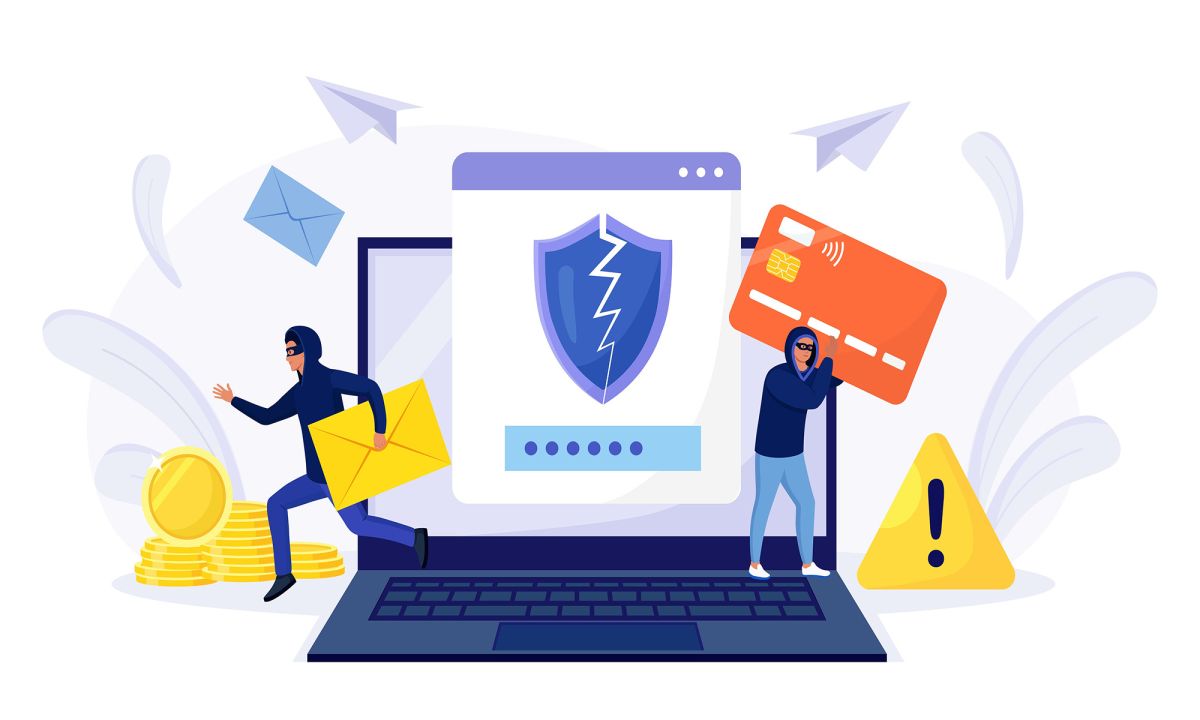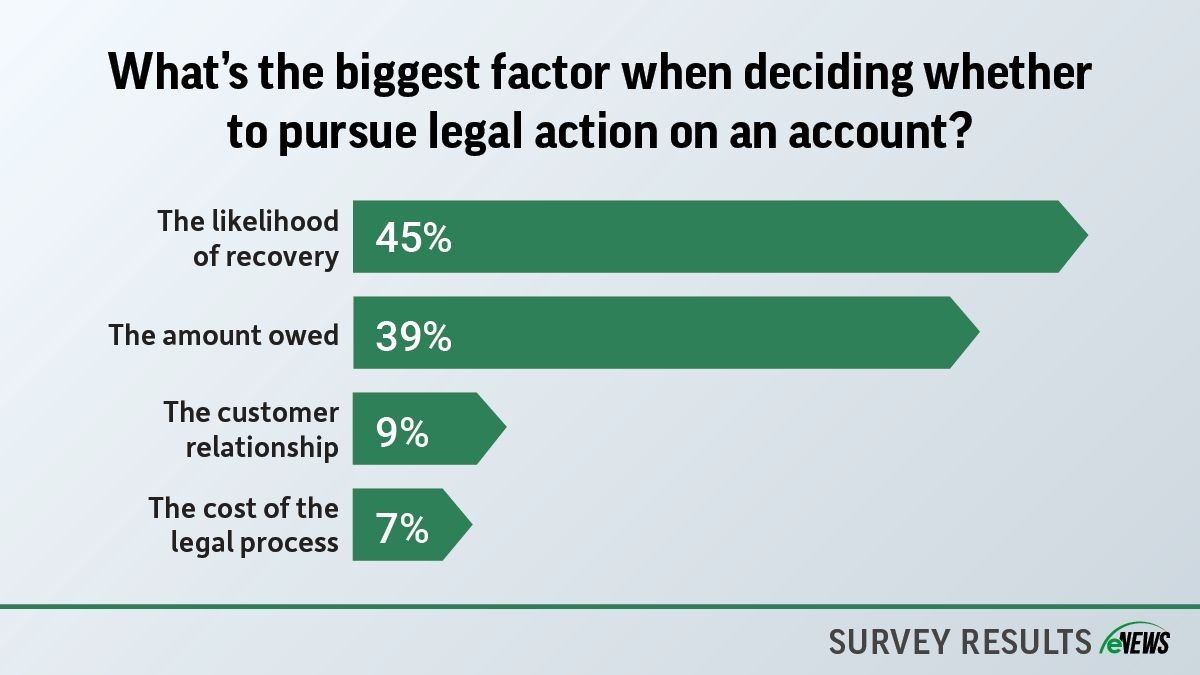Business Practices, eNews
Confronting the Surge in Fraud: Strategies to Protect Your Credit Department

As the credit world continues to evolve alongside automation and technological advancements, there are many benefits: easier ways to receive payments, communication with customers and all around efficiency. However, with innovation comes vulnerability. Technological advancements in the past decade have made fraud a much easier crime to commit in the credit industry, especially through email phishing, forged digital documents, identity theft and more. And fraudsters are continuing to find creative ways to get away with their scams.
The current rate of fraudulent activity has increased at an alarming rate in recent years. Data from the 2023 Veriff Identity Fraud Report showed a 31% increase in document fraud alone, with an 18% year-over-year increase globally. Although a recent eNews poll revealed 83% of credit professionals say less than 0.50% of their accounts receivable portfolio were lost this year due to fraud, 59% of credit professionals have experienced a customer fraudulently dispute a credit card charge and 44% have seen an increase in fraud attempts during the new customer setup process.
Identifying red flags of fraud in accounts receivable is crucial for businesses to prevent any financial losses and maintain financial operations. Here are a few significant red flags that may indicate the potential of fraud:
Sudden Increases in Orders
A random surge in order volume from a specific customer or changes in order patterns with no explanation can point to suspicious activity. “A new company that reaches out unsolicited to do a large volume of business immediately is more likely to occur if the products you sell, in the case of manufacturing, have high street value so they can be offloaded in the black market,” said NACM Economist Amy Crews Cutts, Ph.D., CBE. “The orders might start small to gain your trust, but within a few months they are asking for a large credit extension to support massive orders out of line with existing clients you have known for years.”
Changes in Contact Information
Another common sign of suspicious activity is abrupt changes in bank, email or personal information. Often overlooked, business email domains can tell you a lot about the legitimacy of a customer as well as any misspellings in email communications. Start with looking at the size of the customer you’re dealing with and how they are set up to purchase and deliver the product of goods that they’re working with.
“Because most companies we work with are through manufacturers and distributors, we’ve had situations where former employees have gone in under the guise of still representing the company,” said Harry McLaughlin, CICP, process improvement manager at Continental Tire the Americas, LLC (Fort Mill, SC). “When you’re looking at new accounts, if the application is completed and they’re using email addresses such as yahoo or aol other than their company domain, that’s typically the first warning sign. It can be an indicator of the size of the company but also how they structure themselves and how aware they are of their brand and exposure.”
Customer Becomes Unreachable
Customers who randomly disappear and come back at inconsistent times raise a red flag for many reasons. Several instances of payment delays or excuses can indicate financial distress. In some cases, customers may also switch their payment methods frequently, which points to signs of fraudulent activity. One early warning sign that a customer is about to cut off contact completely is if you call your customer and they screen your calls, which means they let the call go straight to voicemail. “Nine times out of 10, if your customer is screening calls, they are doing that with all phone calls, not just yours,” said Kevin Stinner, CCE, CCRA, credit manager at J.R. Simplot Company (Loveland, CO). “It’s a red flag that they have multiple creditors contacting them and you’re not the only one they’re avoiding.”
Create a Strong Fraud Defense System
Avoiding falling victim to fraud starts with excellent compliance practices. It ties back to knowing your customer and being one step ahead. Whether a big or small company, exposure to fraud is equally present and can happen both externally and internally.
31% of business fraud is perpetuated by someone on the inside, according to a KPMG 2022 Fraud Outlook Survey. Training and a work culture that rewards employees for looking out for the company’s interests is necessary for success in fighting fraud and other threats, explained Cutts. “It requires a culture of compliance and training. Businesses rarely change banks because it involves a lot of transition costs,” Cutts said. “But in the rare cases they do, the credit department, treasury officer, and sales team will all have gone through training on the new payment system and customer communication. If you have a client asking whether your company has changed banks, your sales team and your credit managers should know what to do to prevent the fraudster from getting paid with your money.”
Some credit professionals use built-in fraud check verification processes during the new account setup. Vimal Patel, CBF, regional credit manager at OneSource Distributors, LLC (Oceanside, CA) said he no longer gives out their company’s full wire instructions in writing. “We give the instructions partially and customers and vendors have to call for the remaining portion,” he added. “We run a daily credit card report that is sent out to all our sales managers and their respective operations managers so they can review and flag any potential fraud transactions before we ship out the material.”
The Economic Impact
Fraud plays an important role in economic activity in two main aspects: The cost of losses and cost of prevention. It can be costly to invest in services to mitigate fraud and stay ahead of fraudsters, and the amount of loss (potentially leading to bankruptcy) can have an impact on the economy.
“The totality of those costs is an opportunity lost to invest in your company, compensate your employees better, or reward your investors,” said Cutts. “By not investing today in productivity enhancing technology or new R&D, you will always be behind where you want to be. It’s an immeasurable cost, but a very high one.”





